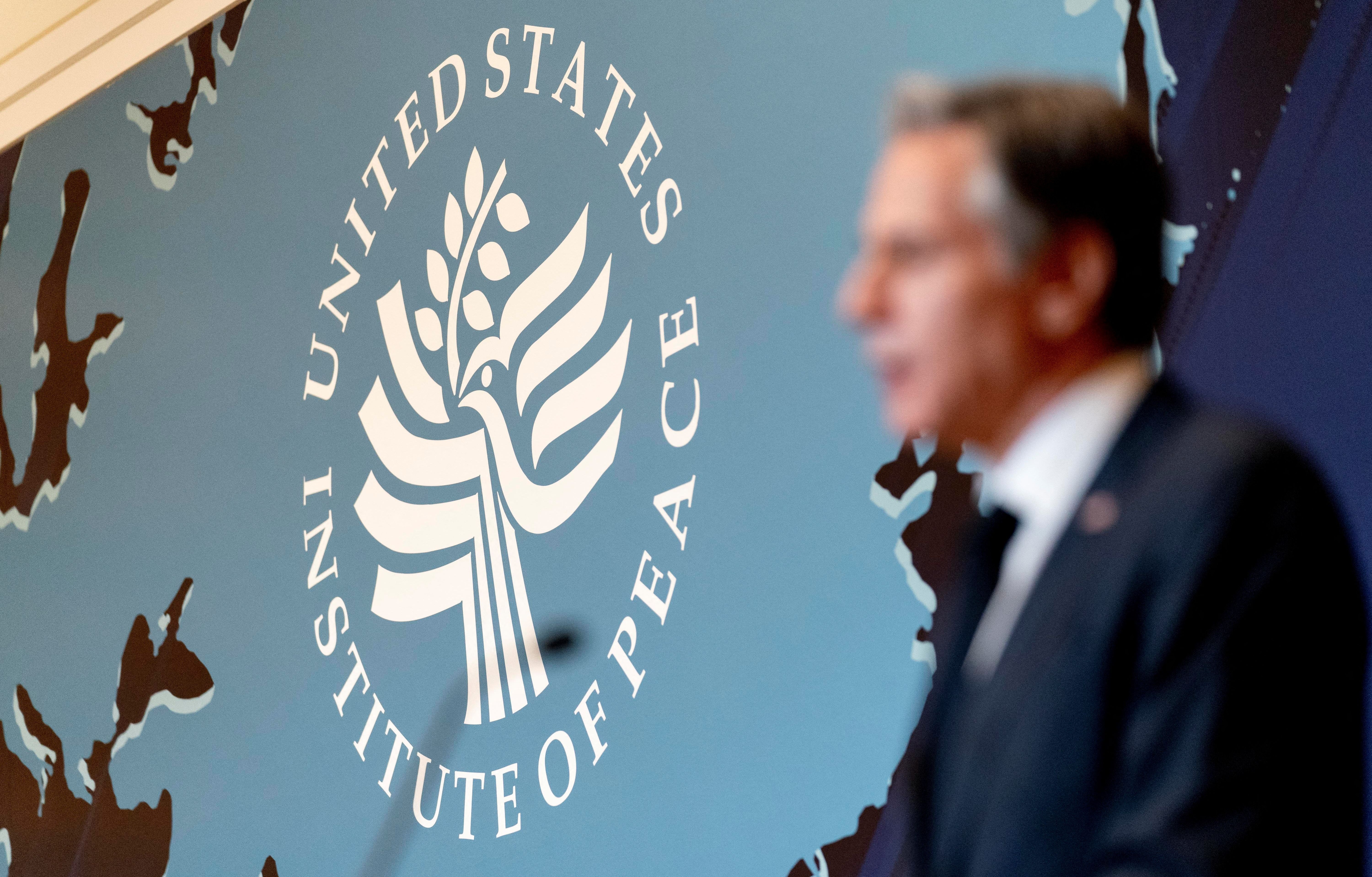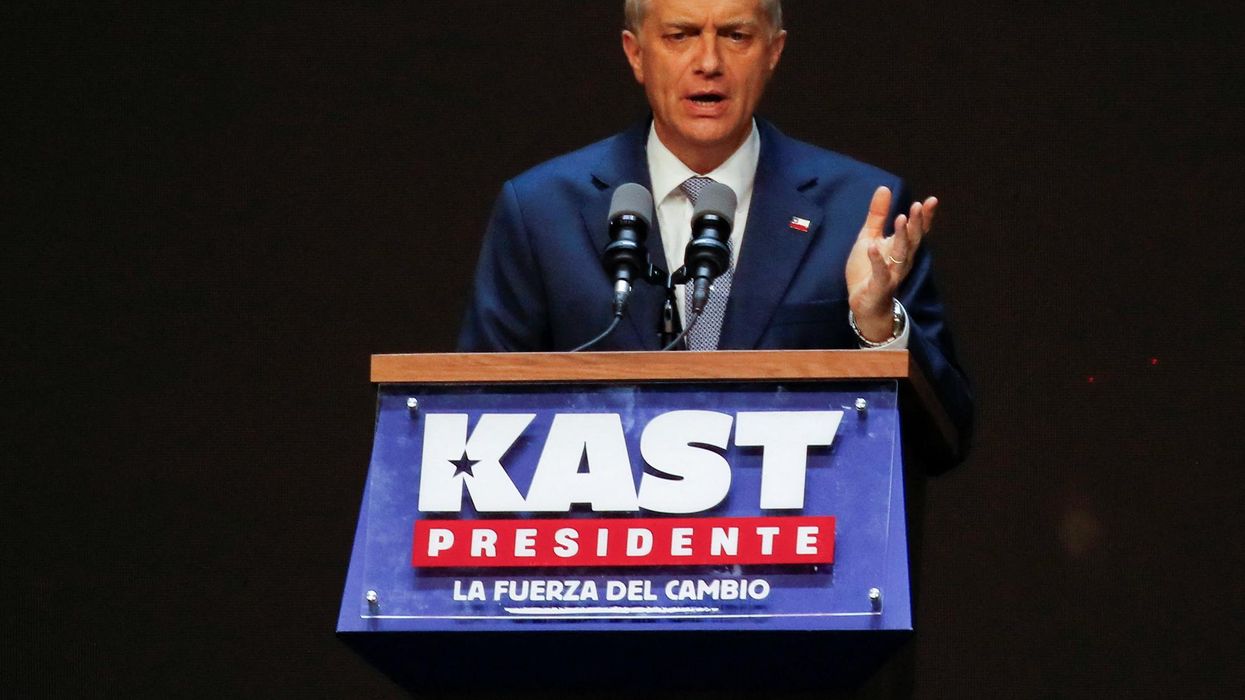This year the United States Institute of Peace is 40 years old, and most Americans and U.S. government officials have little to no awareness that Congress funds an institute of peace or understand what it does.
This lack of awareness about USIP and its anniversary this year reflects a larger problem in U.S. foreign policy: the U.S. government’s strained relationship with peacemaking.
As violent conflict increases and the rules-based international system continues to buckle, U.S. foreign policymakers must urgently reckon with their approach to peacemaking. Since the end of the Cold War, successive U.S. presidents have attempted their own spin on how to mitigate, prevent, or resolve violent conflicts. The U.S. government’s investment in the military as a Swiss Army knife after 9/11 to solve global problems and promote U.S. (and Western) interests accelerated, while institutions devoted to the diplomatic arts faded into the background.
As we enter a multipolar world, the U.S. government needs to reinvigorate its thinking and actions around peacemaking.
From Cold War to the American unipolar moment
The push for a peace institute took off in the 1960s and 1970s as the U.S. reckoned with the country’s role in the world and involvement in wars. Members of Congress and parts of the American public exerted pressure on the government to develop its capacity to resolve conflicts nonviolently. In response, Congress passed a law to study the creation of a peace academy.
The 1981 report from the U.S. Commission on Proposals for the National Academy of Peace and Conflict Resolution served more as a meditation on the meaning of American democracy and the values the U.S. should project globally than just an exploration on whether the U.S. government should establish a peace academy.
In an effort to ensure that the U.S. government would finally launch such an endeavor, supporters in Congress attached the bill creating the U.S. Institute of Peace (USIP) to the National Defense Authorization Act for 1985. From its inception, USIP has operated with several challenging constraints that were built into its legislation and reflect the uphill battle in promoting nonviolent options to prevent or end wars.
During the unipolar moment in American foreign policy after the Cold War, the U.S. government had a cadre of officials who actively participated in peacemaking activities from Northern Ireland to the Balkans and Israel and Palestine. Although those agreements had persistent shortcomings (see Israel and Palestine today), the U.S. government made use of its leverage to try to end conflicts while relying on organizations such as USIP to support civil society and governments on the ground to help with implementation. These efforts were at their height during the 1990s.
The ‘War on Terror’ and beyond
The launch of the “war on terror” in the early 2000s tipped the scale in favor of military intervention and force firmly pushing nonviolent conflict resolution possibilities to the margins. It also ruptured the interconnections between U.S. peacemaking and peacebuilding from the 1990s. Instead, organizations such as USIP served to address the nation building aspects of the U.S. military operations in Afghanistan and Iraq, but had nothing to do with resolving the wars through nonviolent options.
USIP actively supported the U.S. government in Iraq and Afghanistan after the invasions providing training to Iraqi government officials in truth and reconciliation, human rights, and dialogue. In Afghanistan, USIP awarded grants to civil society organizations to promote the inclusion of women, and conflict resolution.
But USIP’s work did not move the needle nor did the increase in funding for USAID’s development work. The war on terror was a juggernaut that led to the reorientation of U.S. diplomacy and development aid around counterterrorism, which did little to stop the war.
The 2010s opened with the Arab Spring and debates about the extent of potential U.S. support for protestors, NATO’s military campaign in Libya, and the acceleration of the U.S. government’s drone program. USIP’s activities reflected the U.S. foreign policy emphasis on the war on terror and addressing the security and societal challenges in Afghanistan and Iraq.
Meanwhile, experts such as University of Exeter Professor David Lewis referred to the rise of competing thinking among autocratic or democratic backsliding countries as an example of an illiberal form of peacebuilding which “seeks to establish political order through top-down, state-centric methods, including the use of violence, while tactics of co-optation, corruption, and patronage are used to encourage compliance.”
A peace agenda for US foreign policy
A peace agenda for U.S. foreign policy would not break the bank and could span whichever party is in power in the presidency or Congress. One easy structural action a presidential administration could take is creating an office under the National Security Council to coordinate U.S. government efforts around peacemaking. It would not return the U.S. government to nation-building, but would focus on countries where there are U.S. interests and offer nonviolent negotiation and mediation options to resolve conflicts by working across the federal government, USIP, and relevant conflict prevention and resolution organizations.
There is a plethora of U.S.-based organizations to assist such as Search for Common Ground and Mercy Corps. Congress will need to increase USIP’s budget, which with even tens of millions of more dollars is still significantly small in comparison to funding for USAID, the State Department, and the Pentagon. The institute should become a prominent hub within U.S. foreign policy focused on nonviolent options for conflict resolution. Although the State Department’s Conflict and Stabilization Office is supposed to provide these services, the complexity of the current violent conflict landscape requires the U.S. government to invest more.
Congress should adjust USIP’s legislation to require Senate confirmation of its leaders, not just its Board. By not requiring Senate confirmation of the USIP president or senior leaders like other government funded agencies, the American people are not able to have the opportunity for these professionals to outline and articulate a vision and would enable the institute’s peace work to be more visible to the American public.
As foreign policy experts note, active or potential wars pose challenges for the U.S. and its allies and their ability to respond. There is a need for the U.S. government to rethink how and where it becomes involved, especially in the use of its military or support for force. Peacemaking offers a potentially useful tool the U.S. government could employ. This could reduce the scale of the U.S. government’s reliance on the military or use of force.
















